
14 Tips For Starting A Successful Drinkware Brand (2025)
Want to start your own drinkware brand? Here are some tips you should know:
Learn more about starting a drinkware brand:
Where to start?
-> How much does it cost to start a drinkware brand?
-> Pros and cons of a drinkware brand
Need inspiration?
-> Other drinkware brand success stories
-> Marketing ideas for a drinkware brand
-> Drinkware brand slogans
-> Drinkware brand names
Other resources
We've interviewed thousands of successful founders at Starter Story and asked what advice they would give to entrepreneurs who are just getting started.
Here's the best advice we discovered for starting a drinkware brand:
#1: Jon Fox, founder of EcoVessel:
We chatted with with Jon, founder of EcoVessel ($/month). In our interview, Jon says:
To be successful, you can never stop innovating and trying out new ideas.
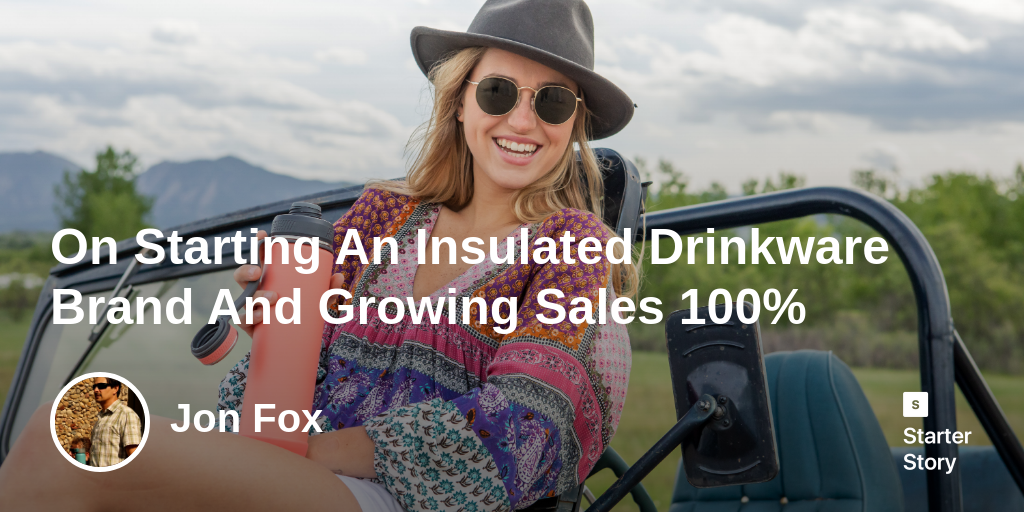
Read the full interview ➜
#2: Chris Gronkowski, founder of Ice Shaker:
We chatted with with Chris, founder of Ice Shaker ($450K/month). In our interview, Chris says:
You can have the best product in the world, but if no one knows about it then they will never purchase it.
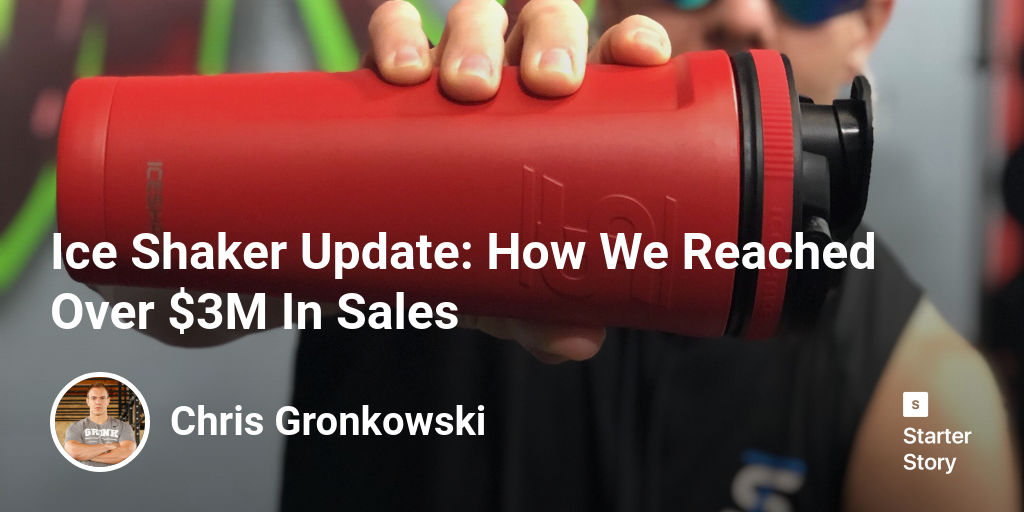
Read the full interview ➜
#3: Teddy Giard, founder of Kanga:
We chatted with with Teddy, founder of Kanga ($/month). In our interview, Teddy says:
We have enlarged our social awareness by actively listening to our users as we grow as a brand. We're now at a point where our audience is our brand, and it's no longer us.
Additionally:
All in all, the best way to pursue original creativity is to ensure that others feel heard. Nobody enjoys being micromanaged, particularly creative people
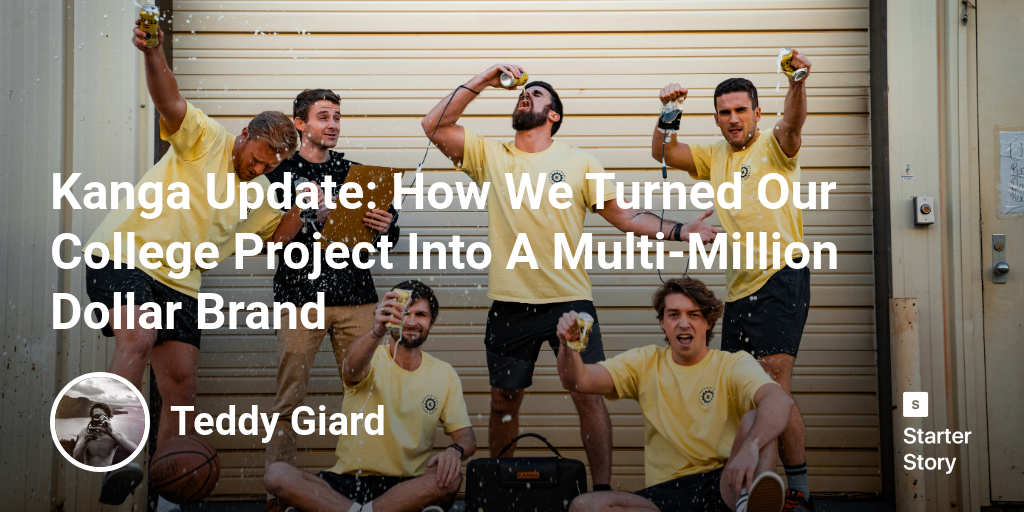
Read the full interview ➜
#4: Teddy Giard, founder of Kanga:
We chatted with with Teddy, founder of Kanga ($/month). In our interview, Teddy says:
Don’t be afraid to speak on behalf of your business or brand but be conscious as to how you speak on behalf of yourself. If becoming an entrepreneur is a dream of yours, let that title be given to you, don’t give it to yourself.
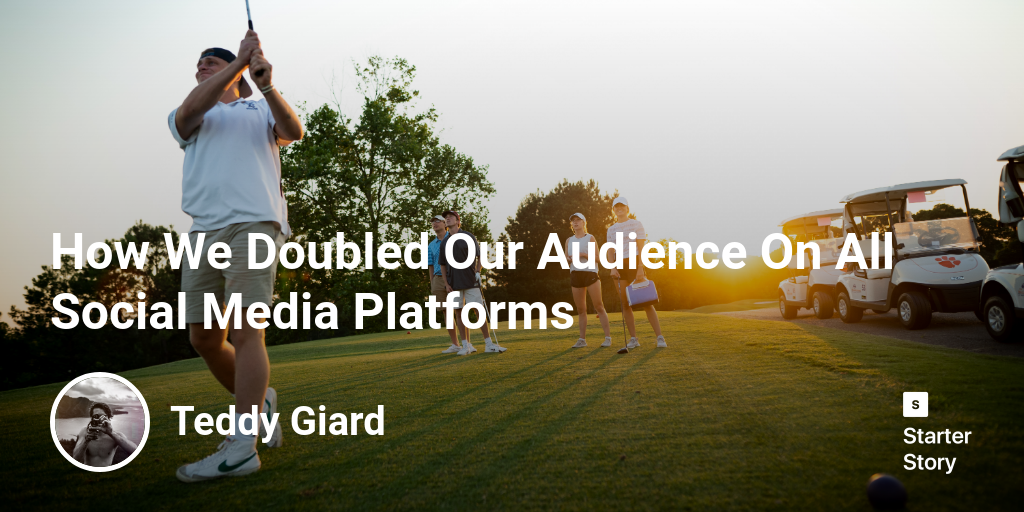
Read the full interview ➜
#5: Teddy Giard, founder of Kanga:
We chatted with with Teddy, founder of Kanga ($/month). In our interview, Teddy says:
Growing up, I was always taught that if you want something done right the best way to do it is to do it yourself.
Additionally:
Naturally, that lead us onto Shark Tank where we pitched our crazy vision to the Sharks and landed a deal with Mark Cuban.
Further:
It’s common to see people claiming they’re entrepreneurs before they’ve even done anything. I for one wouldn’t consider myself an entrepreneur… I haven’t done anything yet, this is just the beginning of a long road. The title is earned not given to you.
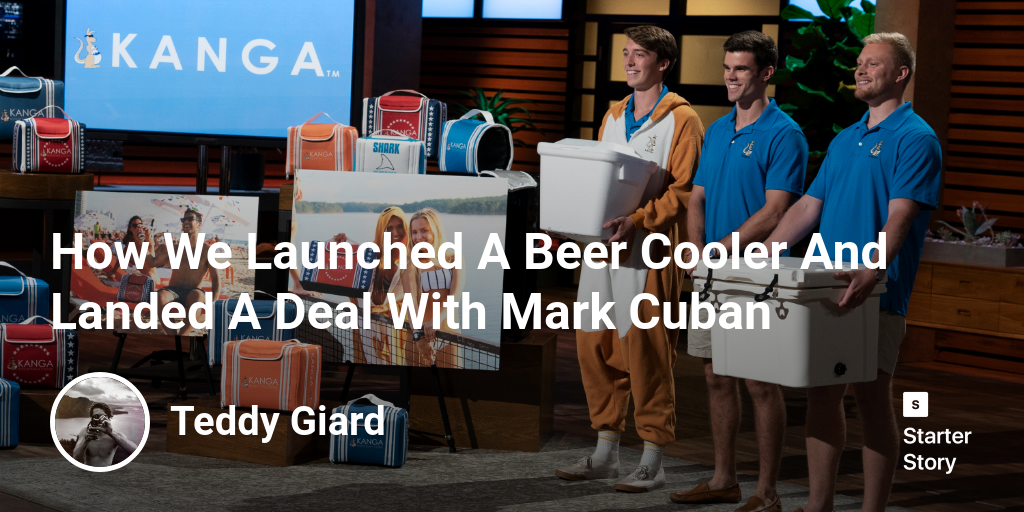
Read the full interview ➜
#6: Dylan Jacob, founder of BrüMate:
We chatted with with Dylan, founder of BrüMate ($12M/month). In our interview, Dylan says:
I thought the idea of creating a product people actually needed and being able to walk around and see people using my creation was the absolute coolest concept.
Additionally:
You always hear people say things like "just get out there and do it" or “launch an MVP and go from there” and while they sound like generic bits of information, they cannot be more right.
Further:
In the beginning, it is all about making sure you are creating something people actually want, everything else can come later.
Also:
You are always going to have problems. There are good problems and there are bad problems. Good problems to have would be inventory / cash flow and bad problems to have would be lack of sales or demand.

Read the full interview ➜
#7: Dylan Jacob, founder of BrüMate:
We chatted with with Dylan, founder of BrüMate ($12M/month). In our interview, Dylan says:
When I started BruMate 4 years ago, I knew I was solving a real problem but had no idea how wildly successful the brand would be.
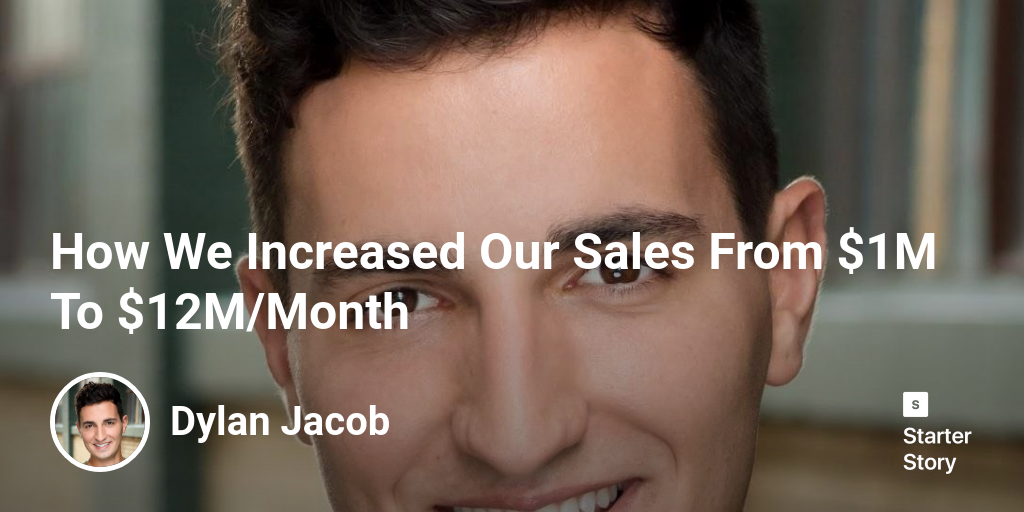
Read the full interview ➜
#8: Chris Gronkowski, founder of Ice Shaker:
We chatted with with Chris, founder of Ice Shaker ($450K/month). In our interview, Chris says:
Start slow and build fast! I started both my companies with very little money. They both started off extremely slow and it took time for me to figure out what was going to work.
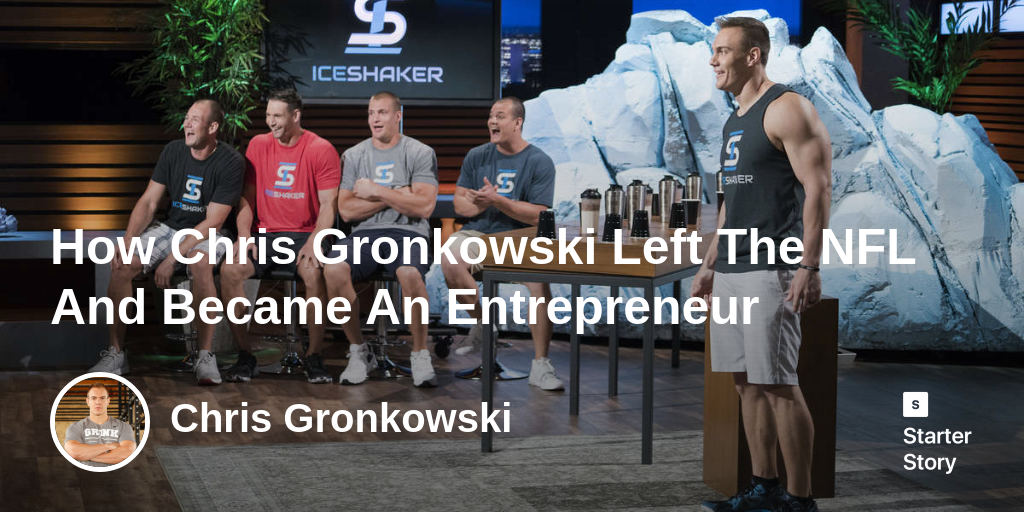
Read the full interview ➜

Download the report and join our email newsletter packed with business ideas and money-making opportunities, backed by real-life case studies.

Download the report and join our email newsletter packed with business ideas and money-making opportunities, backed by real-life case studies.

Download the report and join our email newsletter packed with business ideas and money-making opportunities, backed by real-life case studies.

Download the report and join our email newsletter packed with business ideas and money-making opportunities, backed by real-life case studies.

Download the report and join our email newsletter packed with business ideas and money-making opportunities, backed by real-life case studies.

Download the report and join our email newsletter packed with business ideas and money-making opportunities, backed by real-life case studies.

Download the report and join our email newsletter packed with business ideas and money-making opportunities, backed by real-life case studies.

Download the report and join our email newsletter packed with business ideas and money-making opportunities, backed by real-life case studies.













